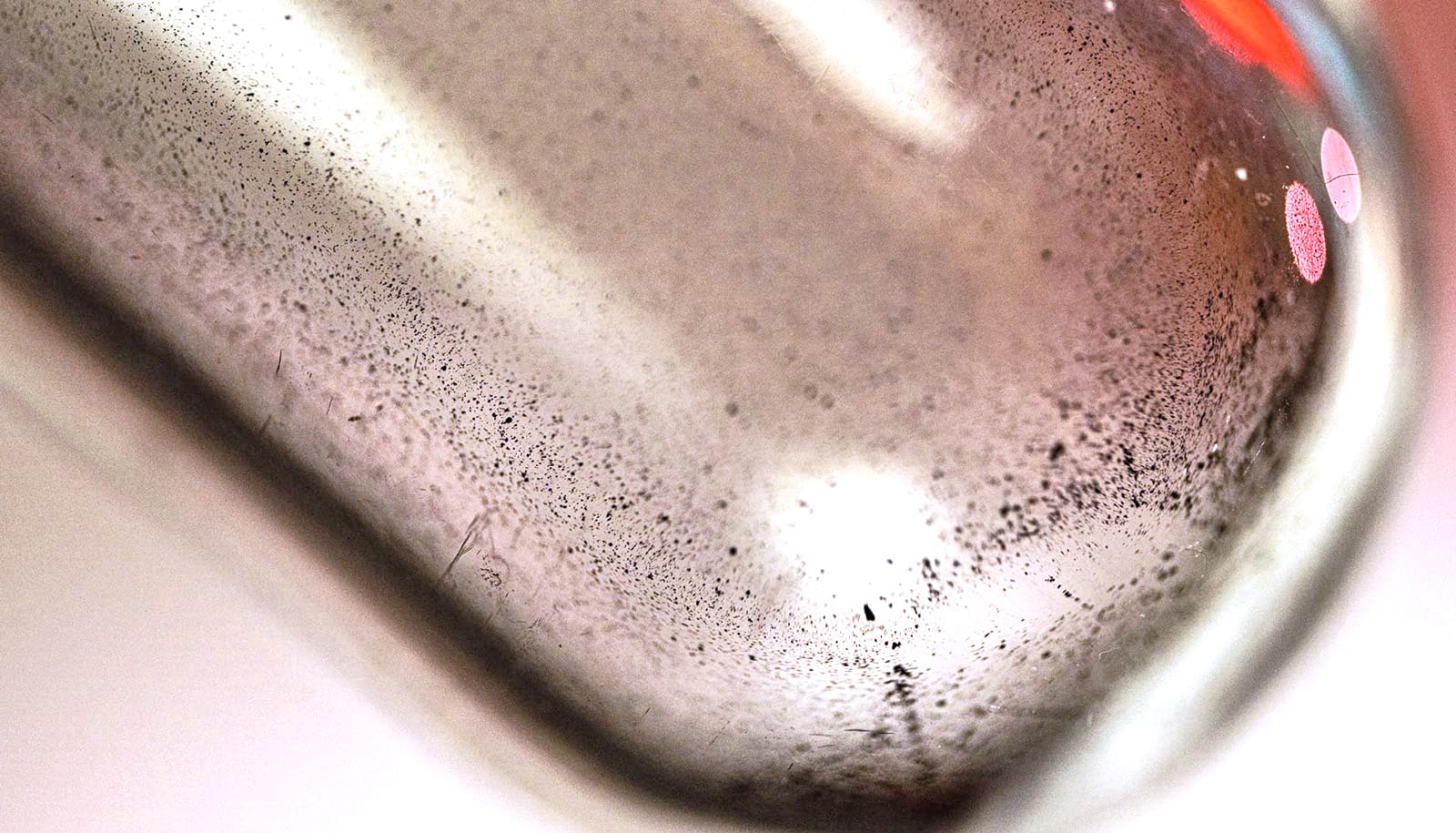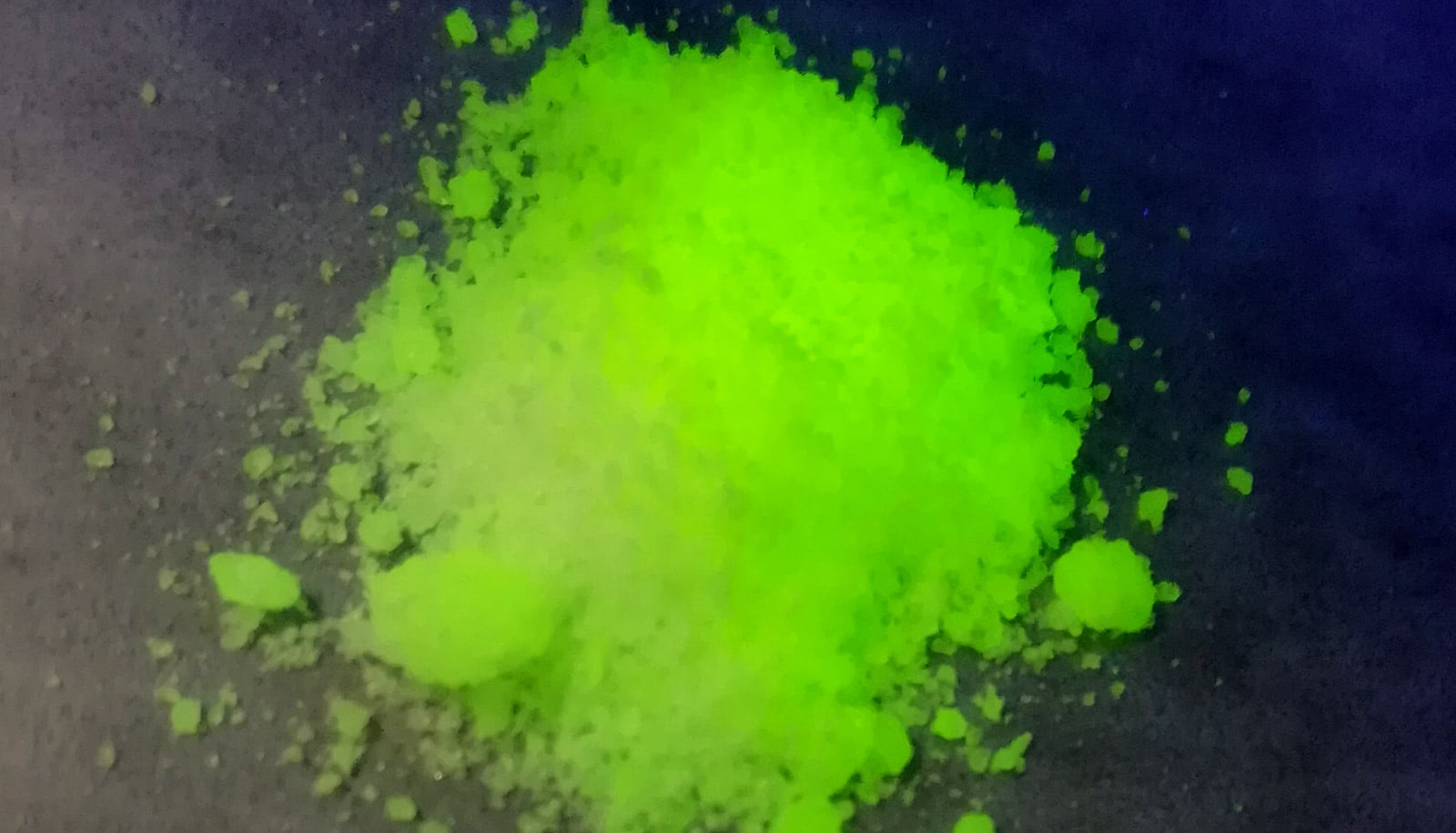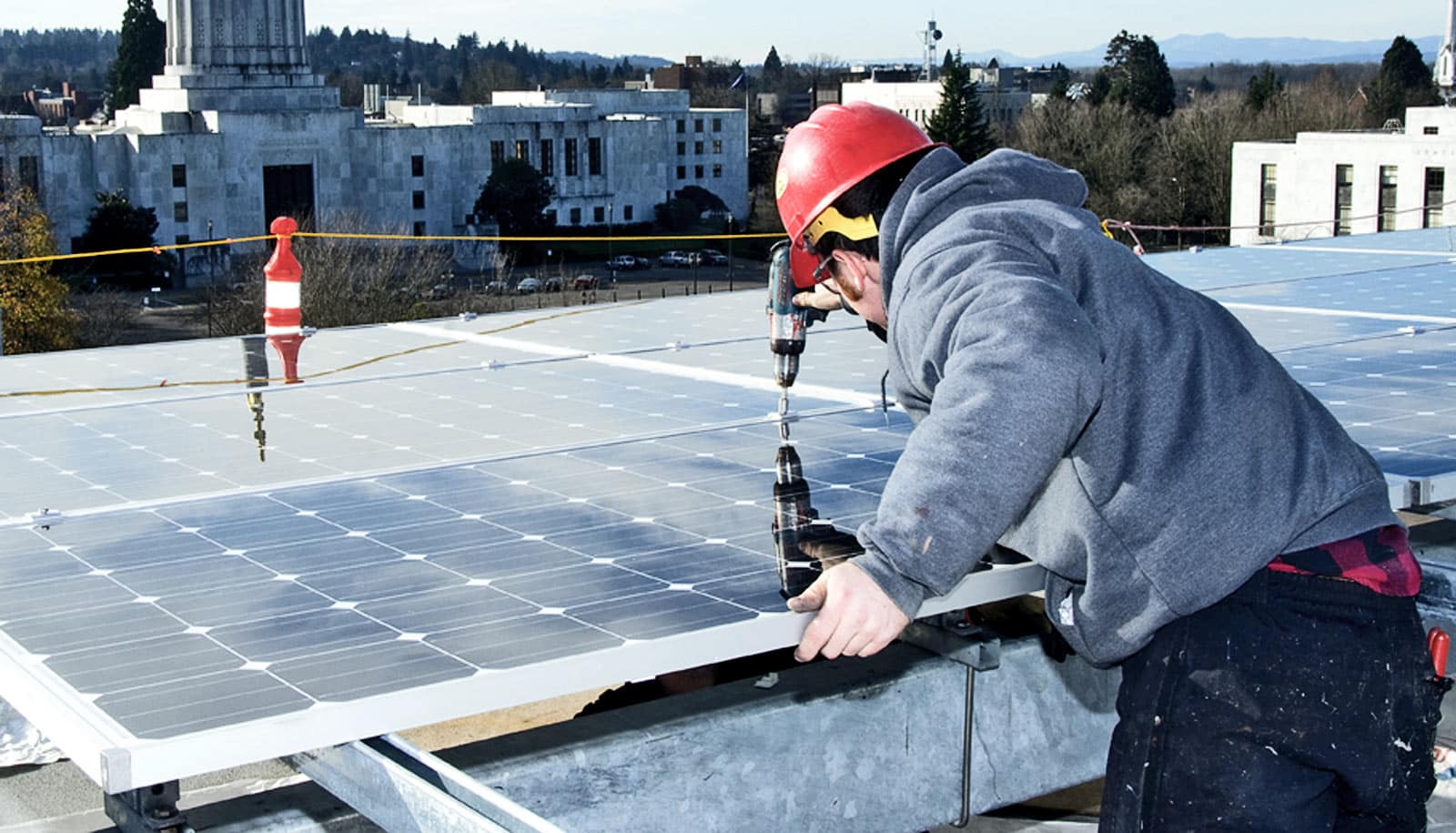A “flash Joule” process to extract valuable metals from electronic waste would use up to 500 times less energy than current lab methods and produce a byproduct clean enough for agricultural land.
Researchers have adapted the flash Joule heating method introduced last year to produce graphene from carbon sources like waste food and plastic to recover rhodium, palladium, gold, and silver for reuse.
A report in Nature Communications by the Rice lab of chemist James Tour also shows that the process removes highly toxic heavy metals including chromium, arsenic, cadmium, mercury, and lead from the flashed materials, leaving a byproduct with minimal metal content.
Instantly heating the waste to 3,400 Kelvin (5,660 degrees Fahrenheit) with a jolt of electricity vaporizes the precious metals, and the gases are vented away for separation, storage, or disposal. Tour says that with more than 40 million tons of e-waste produced globally every year, there is plenty of potential for “urban mining.”
“Here, the largest growing source of waste becomes a treasure,” Tour says. “This will curtail the need to go all over the world to mine from ores in remote and dangerous places, stripping the Earth’s surface and using gobs of water resources. The treasure is in our dumpsters.”
He notes an increasingly rapid turnover of personal devices like cell phones has driven the worldwide rise of electronic waste, with only about 20% of landfill waste currently being recycled.
“We found a way to get the precious metals back and turn e-waste into a sustainable resource,” he says. “The toxic metals can be removed to spare the environment.”
The lab found flashing e-waste requires some preparation. Guided by lead author and Rice postdoctoral research associate Bing Deng, the researchers powdered circuit boards they used to test the process and added halides, like Teflon or table salt, and a dash of carbon black to improve the recovery yield.
Once flashed, the process relies on “evaporative separation” of the metal vapors. The vapors are transported from the flash chamber under vacuum to another vessel, a cold trap, where they condense into their constituent metals. “The reclaimed metal mixtures in the trap can be further purified to individual metals by well-established refining methods,” Deng says.
The researchers report that one flash Joule reaction reduced the concentration of lead in the remaining char to below 0.05 parts per million, the level deemed safe for agricultural soils. Levels of arsenic, mercury, and chromium were all further reduced by increasing the number of flashes.
“Since each flash takes less than a second, this is easy to do,” Tour says.
The scalable process consumes about 939 kilowatt-hours per ton of material processed, 80 times less energy than commercial smelting furnaces, and 500 times less than laboratory tube furnaces, according to the researchers. It also eliminates the lengthy purification required by smelting and leaching processes.
The Air Force Office of Scientific Research and the Department of Energy supported the research.
Source: Rice University


